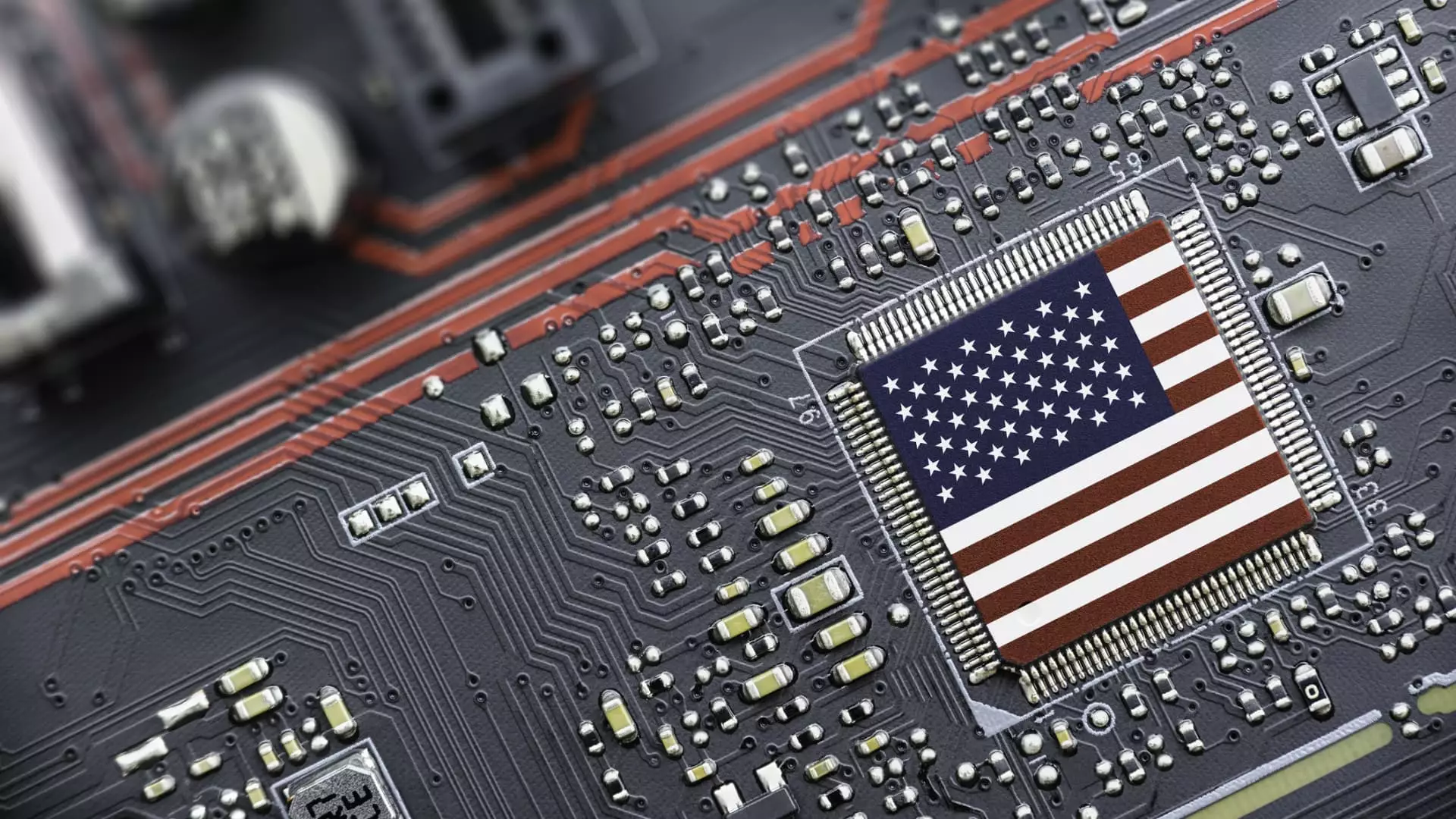In a bold move, the U.S. Commerce Department has launched a national security investigation into semiconductor imports, signaling the increasing urgency to bolster domestic manufacturing capabilities. As highlighted in a recent Federal Register notice, this initiative aims not only to scrutinize the feasibility of augmenting semiconductor production on U.S. soil but also to evaluate whether additional trade measures, such as tariffs, are essential for safeguarding national security. This investigation underscores the critical role that semiconductor technology plays in countless facets of modern electronics, rendering the outcome pivotal for both manufacturing and national strategy.
Historically, the significance of semiconductors as a backbone of the electronics supply chain cannot be understated. They are integral to devices ranging from smartphones to sophisticated AI systems. Thus, this investigation is more than an economic inquiry; it reflects a heightened awareness of the broader implications of import reliance in a geopolitically charged environment, particularly given increasing tensions with global powerhouses like China.
Tariffs and Trade: A Complex Landscape
Despite assurances from President Donald Trump regarding exemptions for certain electronic products, the specter of tariffs looms large over the semiconductor industry. These tariffs are seen as tools not merely for revenue generation but also as instruments for strategic economic positioning on the global stage. The Commerce Secretary’s clear indications of upcoming tariffs suggest an impending recalibration of trade dynamics, particularly within the semiconductor sector.
The underlying justification for these trade measures, rooted in the Trade Expansion Act of 1962, hinges on national security concerns—an argument akin to those presented in sectors such as pharmaceuticals. The U.S.’s substantial dependence on semiconductor imports from countries like Taiwan, South Korea, and the Netherlands amplifies the stakes involved. If the investigation’s findings result in enacted tariffs, the repercussions will most likely cascade throughout the global supply chain, impacting manufacturers and consumers alike.
A Call for Domestic Innovation
Crucially, Washington’s long-term vision includes onshoring semiconductor production capabilities, as evidenced by legislative efforts like the $280 billion CHIPS and Science Act. This ambitious plan is a concerted effort to reduce dependency on foreign supply chains and catalyze innovation within the U.S. tech ecosystem. As companies like Nvidia announce intentions to establish factories dedicated to AI supercomputers entirely within the U.S., this initiative embodies a transformative leap towards self-reliance.
Meanwhile, Taiwan Semiconductor Manufacturing Company’s announcement to invest an additional $100 billion in U.S. manufacturing capabilities represents a pivotal endorsement of American efforts to reclaim its status as a semiconductor powerhouse. This cross-national collaboration not only reinforces the idea that global partnerships can coexist with national security aspirations but also signals an exciting era of reinvigorated innovation.
The Human Element: Stakeholders and Industry Responses
As the Commerce Department opens the floor for public comments regarding its investigation, industry stakeholders are keenly interested in ensuring that their voices are heard. The proposed tariffs and evolving trade policies will likely reshape market conditions, influencing everything from R&D funding to employment in the tech sector. Companies with vested interests will have to navigate this landscape with agility—balancing immediate economic pressures against long-term growth strategies that align with these national objectives.
Moreover, the semiconductor industry has a diverse range of stakeholders, including tech giants, startups, and even consumers. Each group brings unique perspectives and priorities to the ongoing dialogue about trade policy and national security. Facilitating inclusive discussions that embrace these varied viewpoints will be crucial for formulating a coherent strategy that serves both security and economic growth.
In this shared narrative of semiconductors and national security, the stakes are undeniably high. Legal frameworks, trade negotiations, and public sentiment will intertwine to define the future of semiconductor manufacturing in the U.S. As the investigation unfolds, the potential for substantial shifts in policy offers both challenges and opportunities for innovation and economic resilience. Unpacking this complex interplay will be vital for ensuring that the U.S. emerges as a formidable player in the global semiconductor arena, equipped to navigate the challenges and opportunities that lie ahead.

